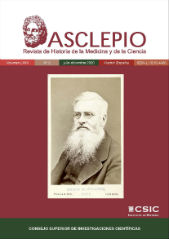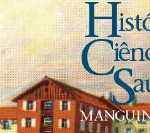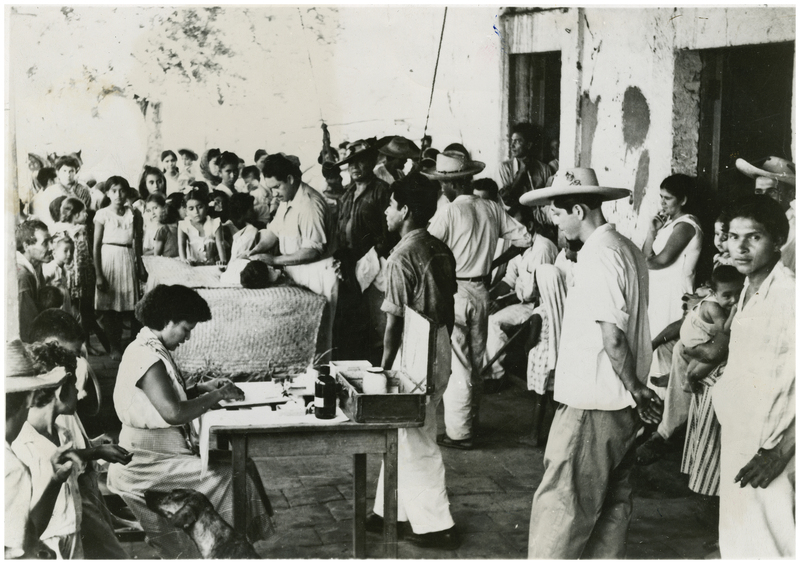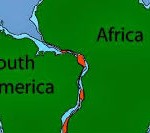With the growing use of computational models by contemporary science, important changes in corporeal visualization techniques have taken place, especially with respect to the production of scientific evidence of biological processes. In an anthropological study of a group of American scientists involved in modeling heat transfer in prostate tissue, published in “História, Ciências, Saúde – Manguinhos”, vol. 18 n. 3 (2011), the ways in which the scientists produced and analyzed visual evidence of biological processes were observed. This data was then compared with practices common in the beginning of modern anatomical investigation: the Renaissance anatomical theater.
This comparison clarifies how contemporary science has displaced classical forms of producing corporeal knowledge. If Renaissance Europe displaced medieval tradition, based on the knowledge of classical texts (such as the works of Galenus), and began to value dissection and direct observation of the cadaver and the interior of the body, current science works increasingly with visualization technologies and virtual models of the inner workings of the body.
In both cases (Renaissance and computational modeling), visualization of the body serves as a “ritual” for producing evidence. The article concludes that, currently, the production of knowledge primarily focuses on the validation of code and modeling of the biological processes in which one wishes to intervene. The significance of scientific evidence is thus displaced, and the material artifact loses its predominance compared to the priority given to predictive models and image processing using computational tools.
The study was financed by the Program in Science, Technology and Society at the University of Texas at Austin, and carried out in 2006-2008.









